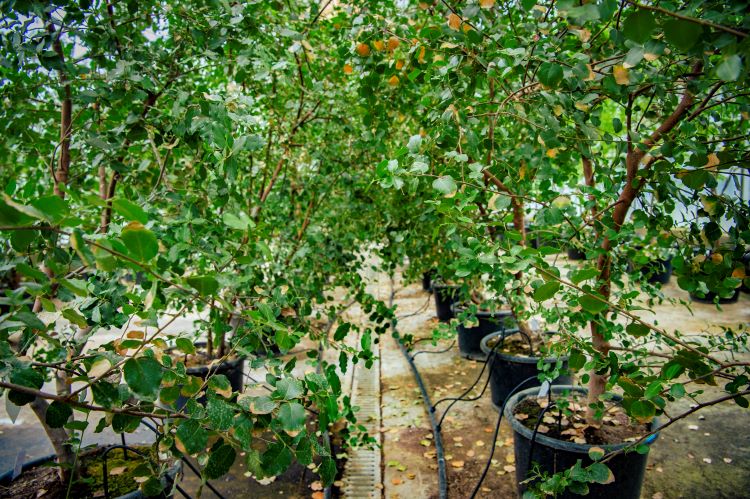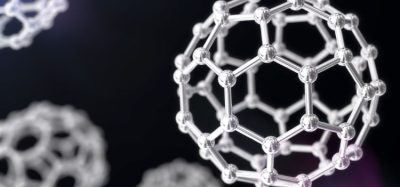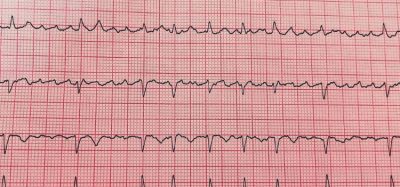Key vaccine adjuvant biosynthesised
Posted: 26 January 2024 | Catherine Eckford (European Pharmaceutical Review) | No comments yet
UK scientists have unlocked the potential of bioengineering vaccine adjuvants, based on a study of the molecule QS-21.


Credit: John Innes Centre
A paper, published in Nature Chemical Biology has reported the first ‘free-from ‘tree’ production of a key vaccine ingredient sourced from the soapbark tree. Researchers from the John Innes Centre, a research institute in the UK, have reconstituted the chemical pathway of the potent adjuvant molecule QS-21 in a tobacco plant.
Bioengineering vaccine adjuvants
The paper explained: “QS-21 is a potent vaccine adjuvant currently sourced by extraction from the Chilean soapbark tree. It is a key component of human vaccines for shingles, malaria, coronavirus disease 2019 and others under development.”
Martin et al. highlighted in the paper a key milestone achieved by the vaccine industry in 2017: “the first saponin adjuvant AS01 was approved for use in a human vaccine, the highly effective shingles vaccine Shingrix (produced by GSK).”
“Our study opens unprecedented opportunities for bioengineering vaccine adjuvants. We can now investigate and improve these compounds to promote the human immune response to vaccines and produce QS-21 in a way which does not depend on extraction from the soapbark tree,” commented Professor Anne Osbourn FRS, group leader at the John Innes Centre.
While scientists have previously worked to produce QS-21 in an alternative expression system such as yeast or tobacco plants, its “complex structure” and unknowns about its biochemical pathway have meant this goal has not yet been a success.
Positively, according to the study, it is “the first time QS-21 has been produced in a heterologous expression system. This means we can better understand how this molecule works and how we might address issues of scale and toxicity,” first author Dr Laetitia Martin shared.
Sustainable adjuvant supply
Importantly, the study highlights an environmentally sustainable production option for the adjuvant, which would remove the need to source the compound directly from the soapbark tree, Martin et al. noted.
The research team confirmed they are working with a commercialisation partner on this project.
Related topics
Biopharmaceuticals, Bioproduction, Drug Safety, Immunisation, Industry Insight, Ingredients, Production, Technology, Therapeutics, Vaccine Technology, Vaccines, Viruses









